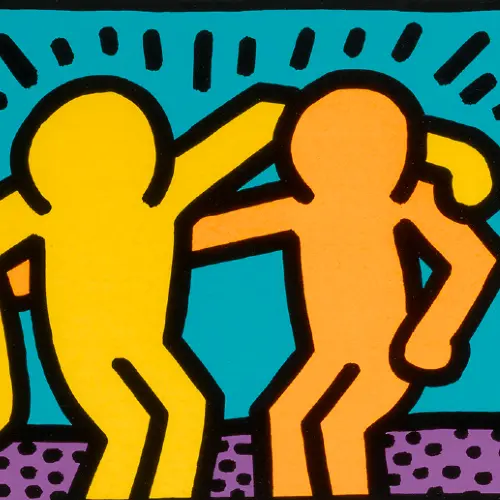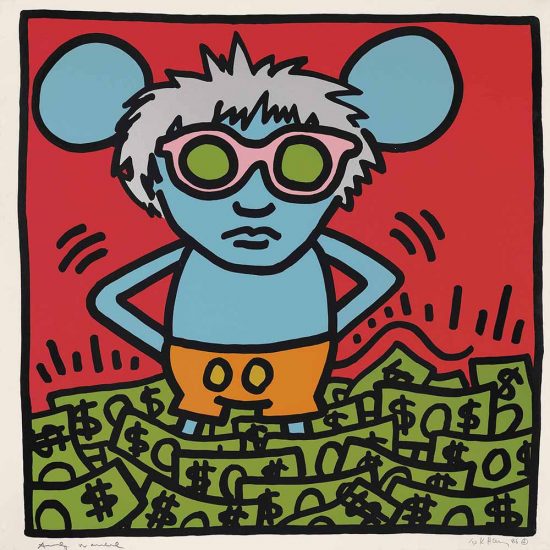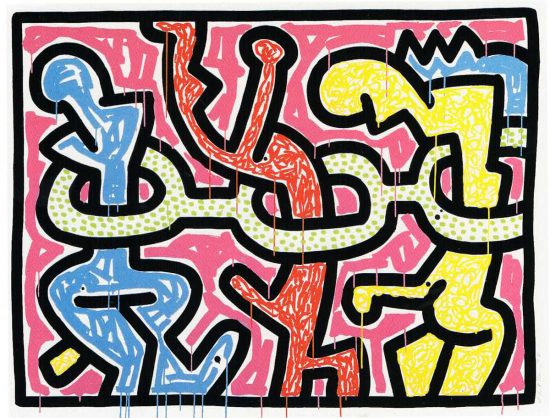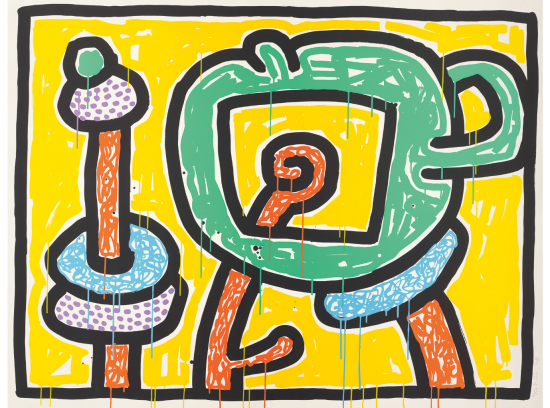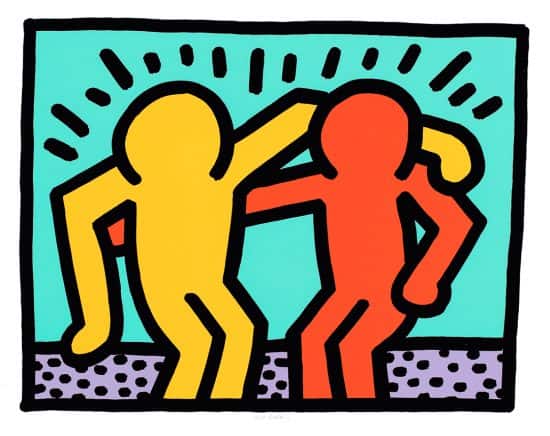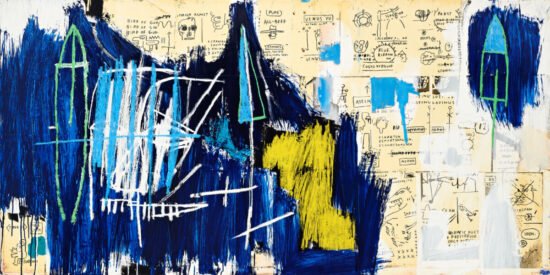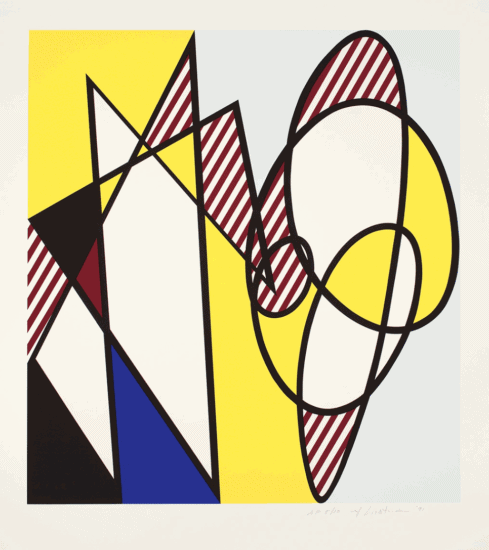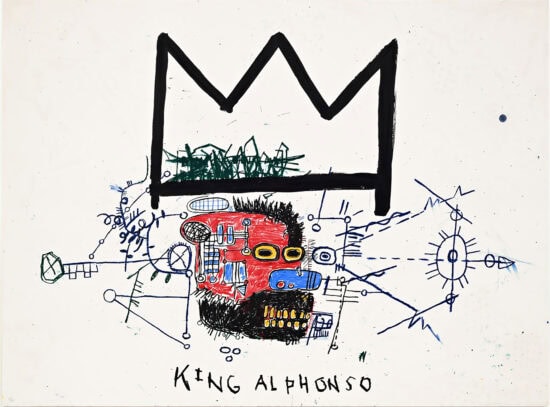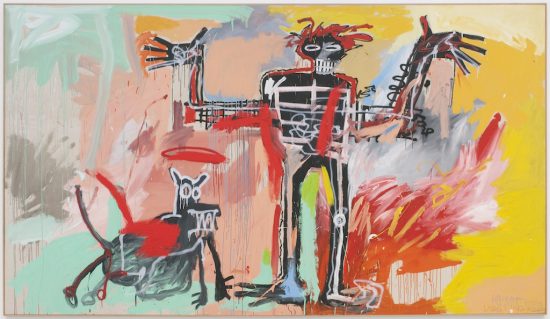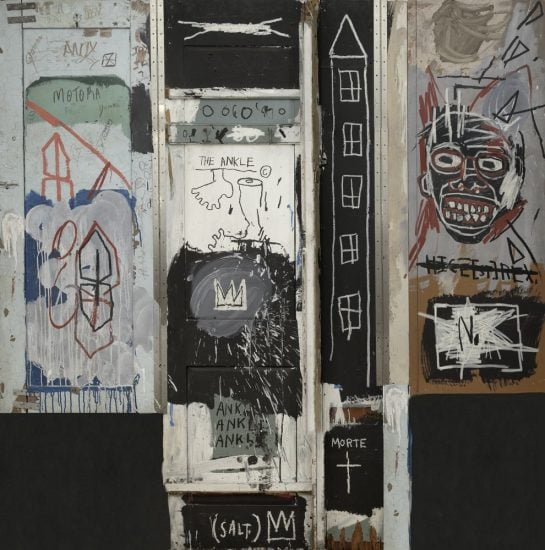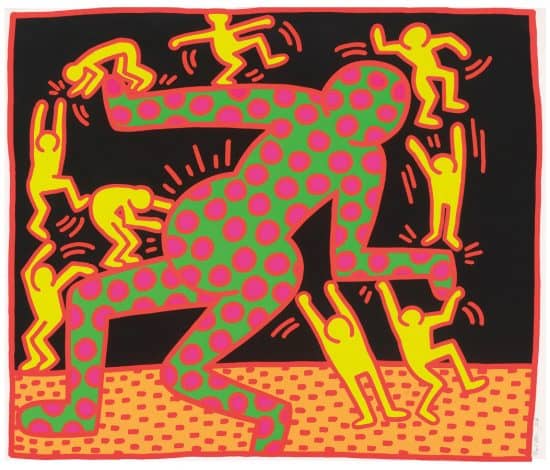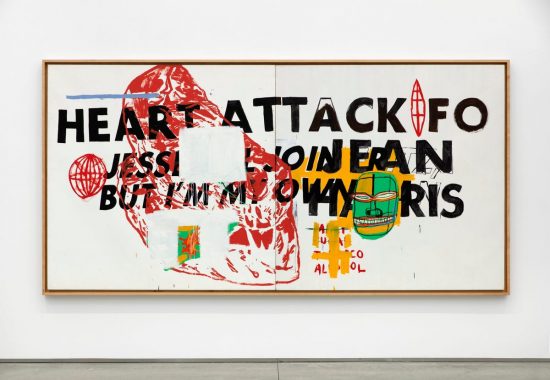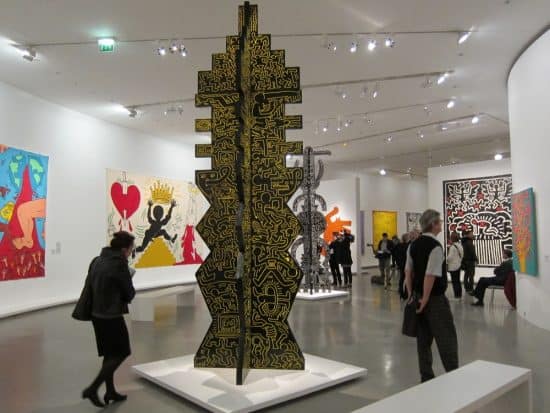Key Highlights
- Keith Haring and Jean-Michel Basqu were iconic artists who emerged from the vibrant art scene of 1980s New York.
- Both artists used their art to address social injustices and bring attention to important issues.
- H's work focused on themes of social justice and activism, while Basquiat's work explored identity and racial inequality.
- The collaborations between Haring and Basquiat resulted in powerful artworks that merged their distinct styles and messages.
- Their impact on the art world and popular culture continues to resonate today.
- The legacy of their collaboration and individual works has solidified their place in art history.
Introduction
Keith Haring and Basquiat's iconic collaboration in the vibrant art scene of 1980s New York City continues to influence contemporary art and popular culture. These young artists, with different approaches to addressing social issues, formed a close friendship that led to powerful collaborative works. From graffiti to galleries, their impact on the art world remains significant, challenging the distinction between high and low art. This introduction sets the stage for exploring their groundbreaking art and cultural legacy.

The Beginnings of Keith Haring and Jean-Michel Basquiat
Keith Haring and Jean-Michel Basquiat emerged in the New York art scene of the early 1980s with distinct styles. Haring, influenced by the street art of the city, began creating chalk drawings in subway stations. Basquiat, a graffiti artist turned painter, transitioned from the streets to galleries. Their paths crossed through a mutual friend, initiating a close friendship that laid the foundation for future collaborations. This encounter marked the start of their journey towards art world fame and cultural impact.
Early Life and Influences of Keith Haring
Keith Haring, born in Pennsylvania in 1958, discovered his love for art at a young age. His move to New York City in 1978 sparked his iconic career. Influenced by the vibrant street art scene, Haring's work became known for addressing social injustices. Inspired by the city's energy and diversity, Haring's early text and collage works laid the foundation for his distinctive style. His visual arts education at the School of Visual Arts further shaped his clear position in the art world.
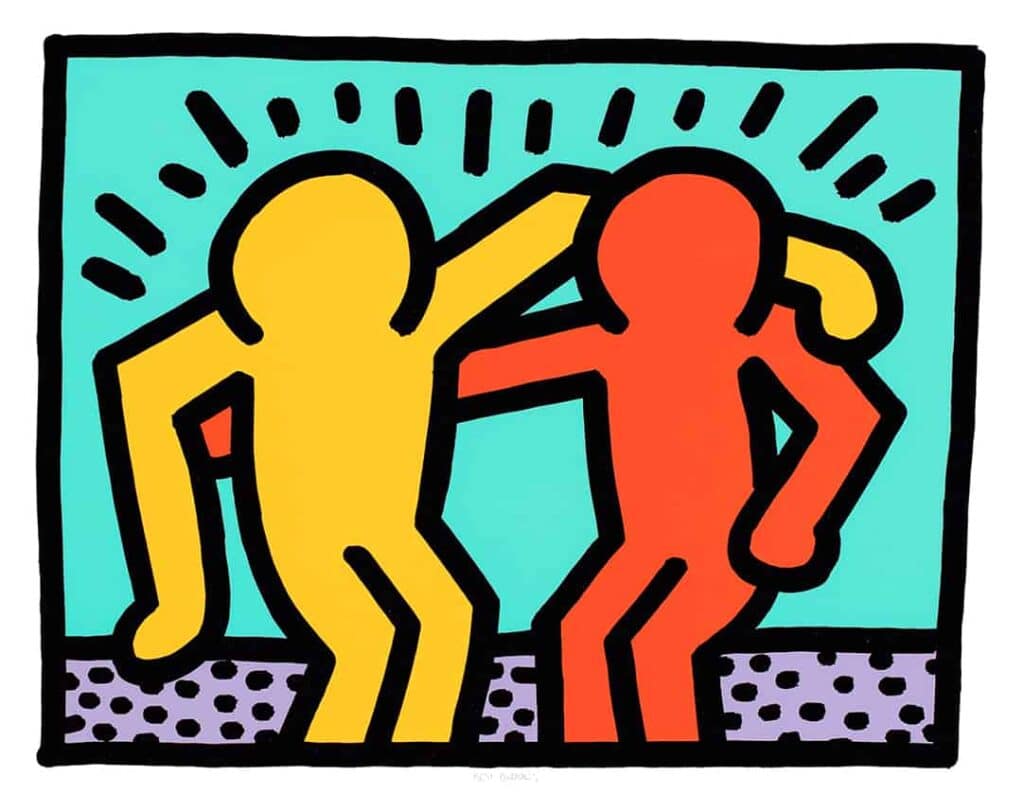
Jean-Michel Basquiat: From Graffiti to Galleries
Jean-Michel Basquiat's journey from graffiti to galleries exemplifies a remarkable evolution in the art world. Starting as a street artist in New York City's vibrant underground scene, Basquiat quickly captured attention with his unique style. Transitioning to galleries, his work from the early 1980s showcased a clear position on social injustice and political issues. Basquiat's exploration of different approaches to art, influenced by his time in the downtown scene, laid the foundation for his rise as a prominent visual artist.
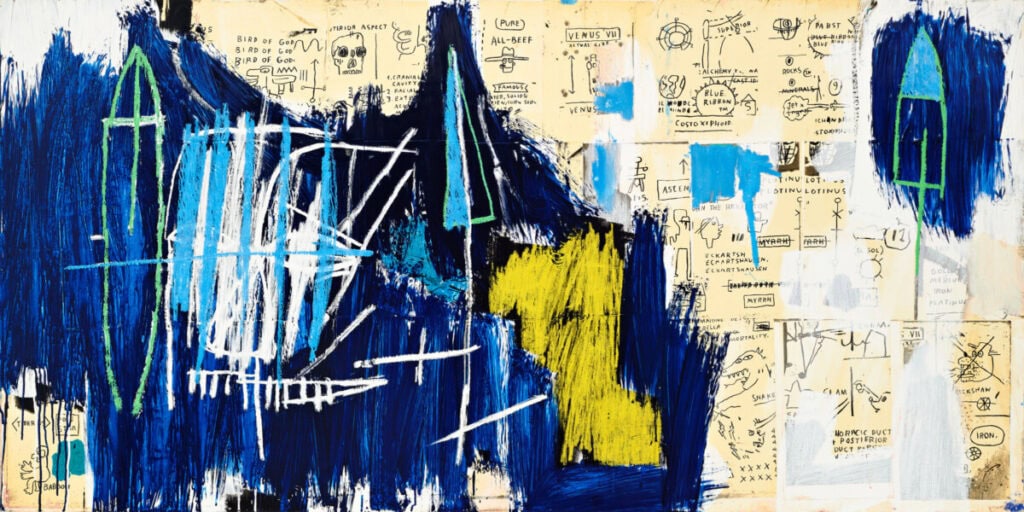
The Art Scene of the 1980s
The art scene of the 1980s was a vibrant and eclectic mix of creativity and innovation, especially in New York City. It was a period marked by the rise of street art and the blending of high and low art forms. Artists like Keith Haring and Basquiat were at the forefront, challenging traditional norms and pushing boundaries in the art world. The East Village and downtown scenes were buzzing with energy, with major galleries and underground clubs serving as hubs of artistic expression.
New York City's Vibrant Underground
Amidst the pulsating heart of New York City, a vibrant underground art scene thrived in the early 1980s, nurturing young artists like Keith Haring and Jean-Michel Basquiat. The East Village buzzed with creativity, graffiti adorned subway stations, and avant-garde performances captivated audiences. The Paradise Garage and Club Scene were hubs of artistic expression, laying the foundation for a cultural revolution that would reverberate through the art world for decades to come.
Key Venues and Events That Shaped Their Careers
The careers of Keith Haring and Basquiat were significantly shaped by key venues and events in the art world. The vibrant art scene of New York City in the early 1980s provided fertile ground for their artistic expressions. Venues like the Paradise Garage and the East Village exposed them to a melting pot of creative energy. Events such as Basquiat's first time exhibiting at major galleries and Haring's public works in subway stations catapulted them into the public eye, setting the stage for their future success.
Collaborations Between Haring and Basquiat
Their collaborations were groundbreaking, merging their distinct styles into powerful statements. Basquiat's raw intensity complemented Haring's pop-inspired imagery, creating visually striking pieces. Their works often addressed social issues with boldness, reflecting the cultural zeitgeist of the era. Through their close friendship and shared artistic vision, they produced pieces that resonated with the public and art critics alike, solidifying their place in the art world as pioneers of collaborative art.
Iconic Joint Works and Their Impact
Keith Haring and Basquiat's collaborations produced iconic pieces like "Aoyama Flowers" and "The Mechanical Animal." Their combined efforts fused street art with highbrow culture, challenging conventional artistic boundaries. These works reflect their shared vision of addressing social issues through art, resonating with audiences worldwide. The impact of their collaboration continues to influence contemporary artists, bridging the worlds of graffiti and galleries with profound cultural significance.
Themes and Messages in Their Collaborative Art
Throughout their collaborative art, Keith Haring and Basquiat explored themes of social injustice, political issues, and the vibrant energy of urban life. Their works often conveyed a blend of high and low art, addressing issues in popular culture while challenging the traditional boundaries of the art world. Haring's iconic figures and Basquiat's layered storytelling merged seamlessly to create pieces that resonated with audiences on multiple levels. Their art reflected a clear position on contemporary issues while showcasing their unique visual styles and innovative approaches.
Their Relationship with Other Contemporary Artists
Keith Haring and Basquiat had a profound impact on the art world, influencing other contemporary artists like Andy Warhol. Their close friendship and collaborative works blurred the lines between high and low art, challenging traditional norms. They were part of the vibrant downtown scenes in cities like New York and Los Angeles, where their art resonated with social and political issues. Their connections with artists of the era, including Warhol, further solidified their place in the public eye.
Connections with Andy Warhol
Keith Haring and Jean-Michel Basquiat had significant connections with Andy Warhol, a prominent figure in the art world. Warhol's influence on these young artists during the early 1980s in New York City cannot be overstated. Their close friendship and collaborations blurred the lines between low and high art, challenging traditional norms. This trio's interactions and shared experiences in the vibrant downtown scene of New York added depth to their collective impact on the art world.
Influence on and from Other Artists of the Era
Keith Haring and Basquiat influenced and were influenced by prominent figures in the art world. Their innovative approaches resonated with the likes of Andy Warhol and street artist Jean-Michel Basquiat. Haring's work reflected social issues, while Basquiat's graffiti-inspired art challenged traditions. Their collaborations with contemporaries like Warhol and other young artists shaped the cultural landscape of their time, bridging the gap between high and low art. Their impact continues to inspire generations of artists today.
Cultural Significance and Legacy
Keith Haring and Basquiat left an indelible mark on the art world, challenging conventions while addressing social issues through their work. Their legacy extends beyond their time, influencing modern art and culture profoundly. By pushing boundaries and merging high and low art, they reshaped perceptions of what art could be. Their collaborations continue to inspire young artists, emphasizing the power of art to provoke thought and evoke emotions, cementing their place as iconic figures in the history of visual arts.
How They Challenged and Changed the Art World
Keith Haring and Jean-Michel Basquiat emerged as prominent figures in the vibrant art scene of 1980s New York City. They both challenged and changed the art world with their unique artistic styles and provocative messages. Haring's iconic kinetic line drawings and Basquiat's raw and expressive text and imagery captivated audiences and pushed the boundaries of what art could be.
In the public eye, both artists became symbols of a new generation of young artists who rejected traditional art forms and embraced street art and graffiti as a means of self-expression. Their work was a reflection of the urban environment and social issues of the time, addressing topics such as social injustice, racism, and the commodification of art.
Their art challenged the elitism of the art world and brought art to the streets, making it accessible to a broader audience. Their bold and fearless approach to art continues to inspire generations of artists and shape the contemporary art world.
Continuing Influence on Modern Art and Culture
The influence of Keith Haring and Jean-Michel Basquiat on modern art and culture can still be felt today. Haring's iconic Pop Shop, which he opened on Lafayette Street in New York City, brought his art to a wider audience through affordable merchandise such as stickers, badges, and prints. The Pop Shop became a cultural phenomenon and a symbol of Haring's desire to make art accessible to all.
Basquiat's impact on modern art and culture can be seen in his collaborations with musicians and fashion designers. His artwork was featured on album covers for bands such as The Clash and Blondie, and he even designed clothing for his own fashion label, King Pleasure. Basquiat's unique style and cultural references continue to inspire and influence contemporary artists, musicians, and designers.
Their collaborations and individual works have left a lasting legacy on the art world and continue to be celebrated and exhibited in major galleries and museums around the world. The recent exhibitions at The Grand LA in downtown Los Angeles are a testament to the enduring influence of Haring and Basquiat.
Exhibitions and Recognitions
Keith Haring and Jean-Michel Basquiat have been recognized with major solo and joint exhibitions at prestigious institutions. The National Gallery of Victoria in Melbourne, Australia, showcased their works in a groundbreaking exhibition that highlighted their contributions to the art world. These exhibitions have brought their art to a global audience and solidified their status as iconic figures in the art world. The impact of their work can be seen in the continued interest and recognition they receive from art enthusiasts and critics alike.
Major Solo and Joint Exhibitions
Keith Haring and Jean-Michel Basquiat have been the subjects of major solo and joint exhibitions around the world. In Los Angeles, their work was recently showcased at The Grand LA, a venue designed by renowned architect Frank Gehry. This ambitious exhibition, titled "King Pleasure," was curated by Basquiat's family and featured a wide range of his iconic paintings. The exhibition provided a comprehensive look at Basquiat's artistic journey and explored his impact on the art world. The exhibition at The Grand LA was a testament to the enduring relevance and influence of Basquiat's work in contemporary art and culture.
Posthumous Honors and Memorials
Following their untimely deaths, Keith Haring and Jean-Michel Basquiat have been honored with posthumous exhibitions and memorials that celebrate their contributions to the art world. Downtown Los Angeles, a hub of artistic and cultural activity, has been a focal point for these tributes. The downtown scene, which both artists were a part of, continues to pay homage to their legacies through public art installations and events. These memorials serve as a reminder of the impact that Haring and Basquiat had on the art world and the enduring relevance of their work. Their art continues to inspire and engage audiences, keeping their spirits alive in the public eye.
The Debate: Art for Art's Sake vs. Social Commentary
Keith Haring and Jean-Michel Basquiat's art often straddled the line between art for art's sake and social commentary. While both artists were known for their unique artistic styles, they also used their art as a platform to address social and political issues. Haring's work, with its bold lines and vibrant colors, often conveyed messages of social injustice, while Basquiat's raw and expressive paintings explored themes of race, identity, and inequality.
The debate around whether art should solely focus on aesthetic expression or also engage with social issues is a long-standing one in the art world. Haring and Basquiat were not afraid to take a clear position in this debate, using their art to highlight and challenge societal injustices. Their work sparked conversations and provoked thought, making a powerful impact beyond the realm of traditional art.
While some critics argue that art should remain apolitical and detached, Haring and Basquiat demonstrated that art has the power to inspire change and shed light on important social issues. Their art continues to inspire a new generation of artists who use their creativity to advocate for social justice and challenge the status quo.
Haring and Basquiat's Perspectives
Keith Haring and Jean-Michel Basquiat approached their art with distinct perspectives that reflected their personal experiences and views on social injustice. Haring's work often featured bold and energetic figures, with a focus on themes of love, unity, and the fight against oppression. His public works, such as his iconic "Crack is Wack" mural, aimed to raise awareness about social issues and advocate for positive change.
Basquiat, on the other hand, used his art to shed light on the complexities of race, identity, and inequality. His expressive paintings combined text and imagery to confront the viewer with the harsh realities of the world. Basquiat's work challenged societal norms and questioned the power structures that perpetuated social injustice.
While their artistic styles differed, Haring and Basquiat shared a common goal of using their art to make a difference. They believed in the power of art to spark conversation, provoke thought, and inspire change. Their perspectives continue to resonate with audiences today, as their art remains relevant and impactful in addressing social and political issues.
Public and Critical Reception
The public and critical reception of Keith Haring and Jean-Michel Basquiat's art has been overwhelmingly positive. Both artists gained recognition and acclaim during their lifetimes, and their work continues to be celebrated and admired by audiences around the world. Haring's bold and accessible style, with its vibrant colors and energetic figures, resonated with a wide range of viewers. Basquiat's raw and expressive paintings captivated audiences and challenged the art world's notions of what constituted "high art."
Their work has been exhibited in major galleries and museums, and their legacy as iconic figures in the art world is well established. The public eye is still captivated by their art, and their contributions to contemporary art continue to be recognized and celebrated. The critical reception of Haring and Basquiat's work has been favorable, with their art being lauded for its innovation, social commentary, and enduring impact on the art world. Their art has left an indelible mark on both the public and the art world, solidifying their status as influential artists.
Conclusion
The artistic collaboration between Keith Haring and Jean-Michel Basquiat continues to resonate through the annals of art history, challenging norms and inspiring creativity. Their joint works not only showcased their individual brilliance but also sparked conversations on societal issues. Their legacy lives on, influencing modern art and culture with their distinctive styles and powerful messages. From New York's underground scene to global recognition, Haring and Basquiat's impact endures, shaping the way we perceive and appreciate art today. Dive into their vibrant world to witness the transformative power of artistic unity.
Frequently Asked Questions
What Inspired the Collaboration Between Keith Haring and Jean-Michel Basquiat?
The collaboration between Keith Haring and Jean-Michel Basquiat was inspired by their mutual friend and the vibrant art scene of early 1980s New York. Their shared passion for art and their desire to challenge traditional artistic conventions led to their collaboration and the creation of powerful and impactful works.

